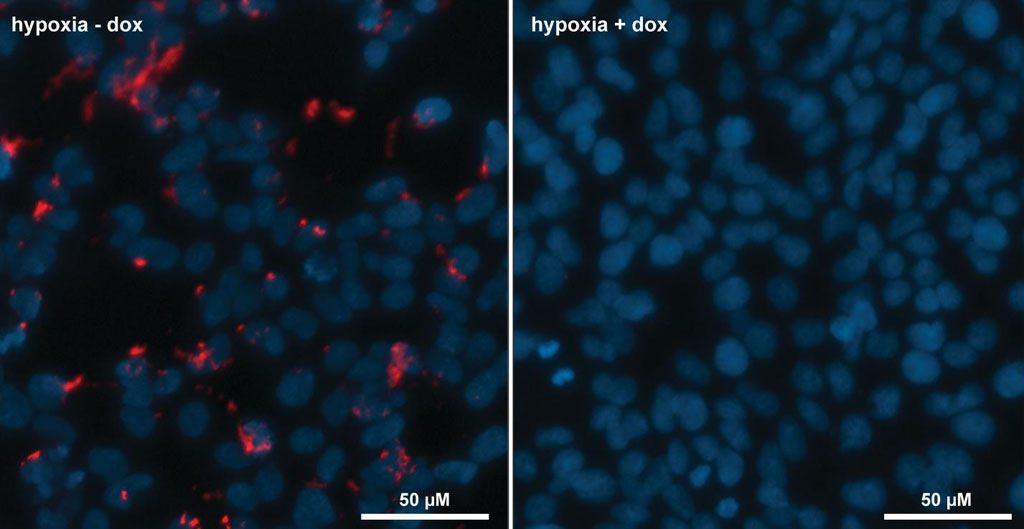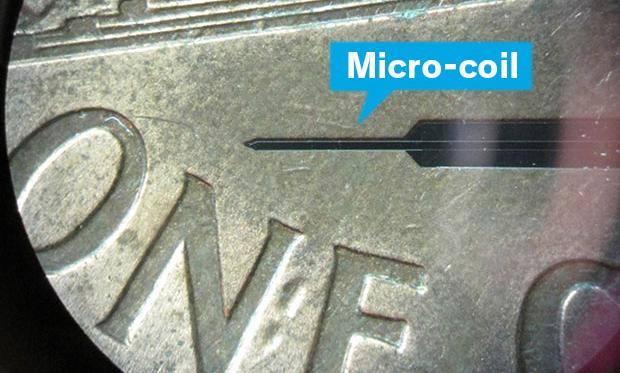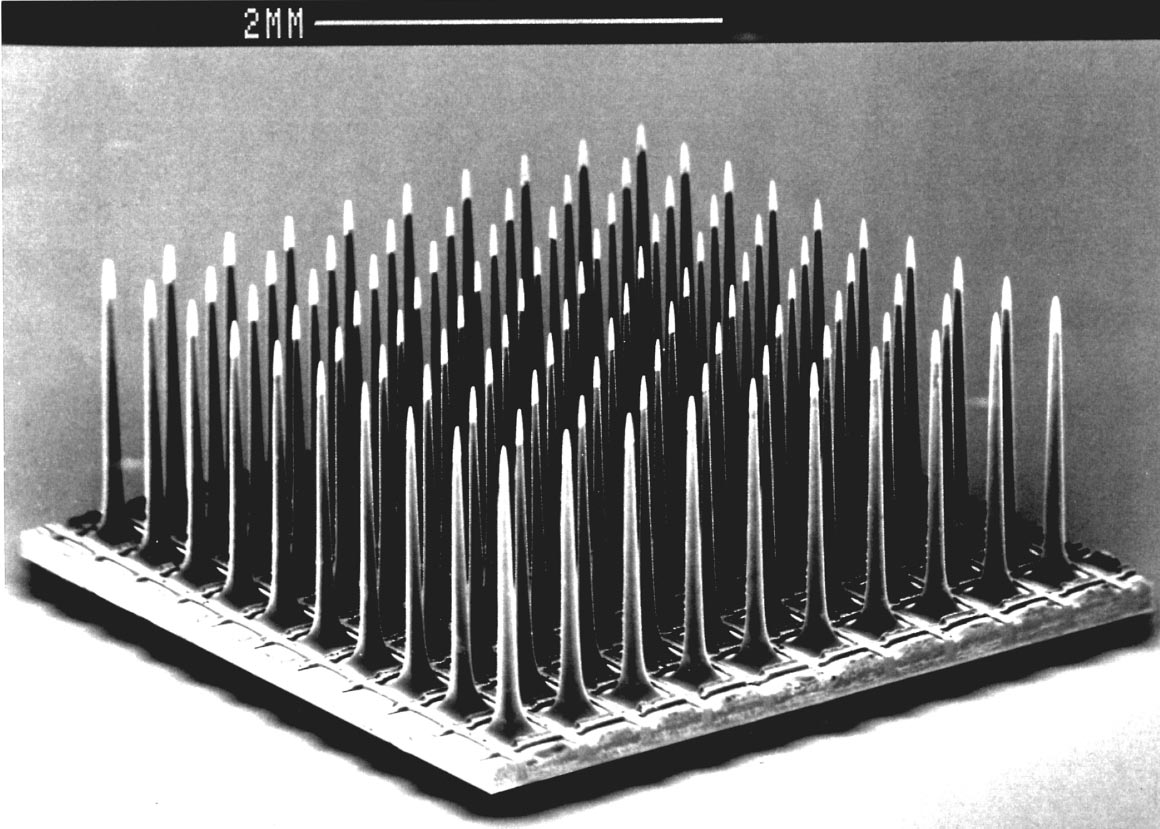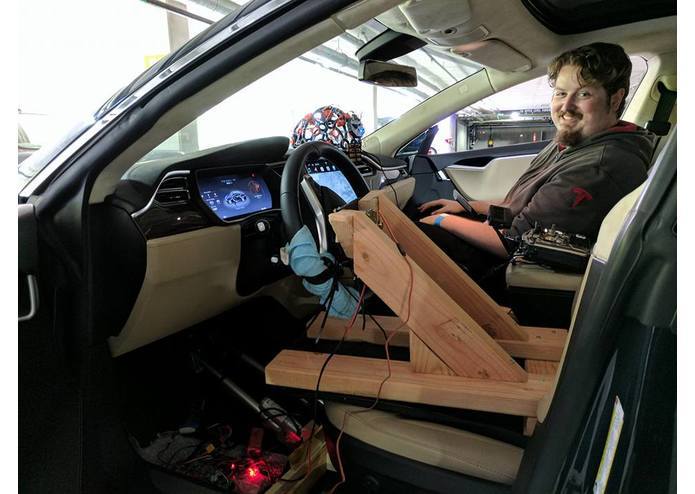We’re closer than ever to a Theory of Everything.
Gene therapy techniques were used to insert a peptide into cultures of human cancer cells that blocked their ability to use the enzyme Hypoxia-inducible factor-1, a heterodimeric transcription factor that enables cell survival under low oxygen conditions by altering the transcription of over 300 genes.
Hypoxia inducible factor-1 (HIF-1) is a heterodimeric transcription factor that acts as the master regulator of cellular response to reduced oxygen levels, thus playing a key role in the adaptation, survival, and progression of tumors. There is significant evidence that inhibition of HIF-1 would be beneficial for cancer therapy, since tumor cells must thrive in a microenvironment characterized by lack of oxygen. In previous work, investigators at the University of Southampton (United Kingdom) discovered a cyclic hexapeptide (cyclo-CLLFVY) that inhibited the HIF-1alpha/HIF-1beta protein–protein interaction in vitro and prevented HIF-1-mediated hypoxia-response signaling in cells. This cyclic peptide was identified by screening a library that contained more than 3.2 million compounds.
With a view to demonstrating the potential for encoding the production of a therapeutic agent in response to a disease marker, the investigators engineered human cells with an additional chromosomal control circuit that conditionally encoded the production of the cyclic peptide HIF-1 inhibitor. They then demonstrated the conditional production of the HIF-1 inhibitor in response to hypoxia, and its inhibitory effect on HIF-1 dimerization and downstream hypoxia-response signaling.
Counting Cells
Posted in biological, computing
Scientists from MIT and Boston University have developed biological cells that can count and ‘remember’ cellular events by creating simple circuits through a series of genes that are activated in a precise order. These circuits, which the scientists say simulate computer chips, could be employed to tally the number of times a cell divides or to track a cycle of developmental stages. Such counting cells could also be used as biosensors to count the number of toxin exposures present in an environment.
Synthetic Biology Diabetes mellitus affects hundreds of millions of people worldwide. Blood glucose levels are chronically deregulated in diabetics, and this can lead to many serious disorders, including cardiovascular disease and renal failure. Xie et al. engineered a synthetic circuit into human.
There is a longstanding debate among artificial intelligence experts and futurists: When, not if, AI emerges on the scene, will it help humanity or destroy it?
The scenario has played out through innumerable iterations in popular culture, the most popular being The Terminator series.
Steven Spielberg, riffing on the film Stanley Kubrick was going to direct before his death, presented the counterpoint, espousing a benevolent vision of AI in A.I. Then there are more nuanced, ambiguous iterations, like the recent Ex Machina.
A severely brain injured woman, who recovered the ability to communicate using her left eye, restored connections and function of the areas of her brain responsible for producing expressive language and responding to human speech, according to new research from Weill Cornell Medicine scientists.
The study, published Dec. 7 in Science Translational Medicine, began 21 months after Margaret Worthen suffered massive strokes, and her continuing recovery was tracked for nearly three years. The research signifies the first time that scientists have captured the restoration of communication of a minimally conscious patient by measuring aspects of brain structure and function before and after communication resumed. It also raises the question of whether other patients in chronic care facilities who appear to be minimally responsive or unresponsive may harbor organized, higher-level brain function.
“From the beginning of Margaret’s attempt to communicate, through the course of our study, we were able to show reorganization of the areas of her brain responsible for expressive language, as well as an exceptionally large change in the correlation across the brain areas in response to human speech,” said study lead author Daniel Thengone, the Fred Plum Fellow in Systems Neurology and Neuroscience in the Feil Family Brain and Mind Research Institute at Weill Cornell Medicine. Adds senior study author Dr. Nicholas D. Schiff, the Jerold B. Katz Professor of Neurology and Neuroscience in the Feil Family Brain and Mind Research Institute: “This is a unique demonstration of plastic change in the brain of an adult starting years after a severe brain injury. We showed a convergence of measurements over years and at multiple time points, revealing an evolving biological process of recovery.”
Another breakthrough on our path to Singularity.
Researchers at Duke University have demonstrated for the first time an electronic link between the brains of pairs of rats. The link allowed the rats to communicate directly and solve simple tasks. A follow up research demonstrated a similar link created between animals thousands of miles apart—one in North Carolina and one in Brazil. The research might allow scientists in the future to connect multiple brains to form a combined multi-brain which could allow sharing of both motor and sensory information between several animals. How easily can you connect one brain directly to another? The surprising answer is that it might be significantly easier than previously thought, at least when it comes to rats. Professor Miguel Nicolelis from Duke University School of Medicine and his team, discovered in previous studies that rat brain are much more “plastic” than we expected, and that they can adapt quickly to accept input from devices outside the body and even learn how to process invisible infrared light generated by an artificial sensor (somewhat similar experiments are currently being done in humans, where blind people are fitted with bionic eyes connected to the optical nerve which is given time to adjust to the new stimuli with the hope of eventually allowing them to process the information and regain partial sight).
Following his initial research Professor Nicolelis asked himself an important question: “if the brain could assimilate information from artificial sensors, could it also assimilate information from a different body?”. This was the trigger which pushed Nicolelis and his team to conduct the current series of experiments.
In the first stage of the experiment the researchers trained pairs of rats to solve a straightforward problem – press the right lever when an light above it is switched on. When done correctly, the rat received a reward in the form of a sip of water.
In the George Lucas classic Star Wars, hero Luke Skywalker’s arm is severed and amputated during a lightsaber fight and consequently fitted with a bionic arm that he can use as if it were his own limb. At the time the script was written, such a remedy was pure science fiction; however, the ability to manufacture bionic arms that have the functionality and even feel of a natural limb is becoming very real, with goals of launching a prototype as soon as 2009. Already, primates have been trained to feed themselves using a robotic arm merely by thinking about it, while brain sensors have been picking up their brain-signal patterns since 2003. The time has come for implementing this technology on paralyzed human patients and amputees. This article will provide a brief explanation of the technology, its current status, and the potential future it holds.
Although we strive towards a limited invasive BMI technology; public adoption will (like autonomous AI) will be limited until the public and even private networks are updated and secured with QC.
The driver mentally commands the car to accelerate or brake. True, the autopilot is a joy and wonder to marvel, but what about those who still love driving? Good new, soon enough it will be possible to drive with your mind.









